Black and white portraits have more texture and contrast. It also shows strong emotions by removing color, which changes the focus to expression.

Black and white portrait photography
Black and white portraits are one of the most popular types of portrait photography. The absence of color in a monochromatic portrait creates a powerful and expressive feel to the image.
Related: 10 best photography prompts
Viewers are also drawn to black and white portraits. If you compare the photo with color to the monochromatic one, your eyes naturally go to the black and white image.
The lack of color means you rely on light, composition, and shadows to capture an engaging portrait.
This expressive type of photography is a great way to grow creatively and sharpen your skills.
If you want to capture a black and white portrait, you have the following two options:
1. Shoot in color, then edit. This option gives you more control because you can desaturate the entire image or specific colors during post-processing.
2. Set your camera to the monochromatic setting. The black and white setting is available in most cameras.
This method allows you to shoot black and white portraits straight out of the camera. It’s a great setting that gives you the ability to focus solely on exposure and composition.
Most cameras have a monochromatic mode. Take the following steps to turn it on:
- Press the menu button.
- Find the page called Picture Style and press set.
- Scroll down to Monochrome and press set.
Related: How to fix grainy photos
5 B&W portrait tips
Portrait photography is one of the best types of photography because black and white make a powerful impact.
From removing distractions by eliminating color to interesting shadows, the following are tips to help you photograph beautiful monochromatic portraits.
1. Focus on the eyes
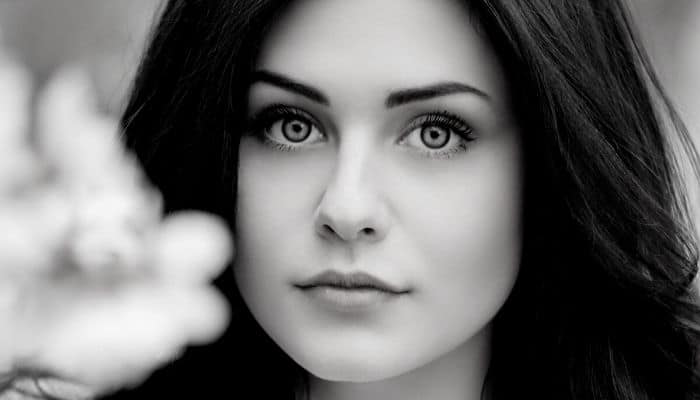
In portraiture, more specifically black and white portraits, the eyes are a big deal. When you’re focusing, it’s so important to capture the eyes with a sharp focus.
Also, make sure that they’re well-lit. Since the photo is in black and white, light in the eyes will ensure the photo doesn’t look dull.
A great B&W portrait is built around the eyes. Therefore, it’s critical to ensure that the eyes are well-lit and in sharp focus.
2. Expressions are key
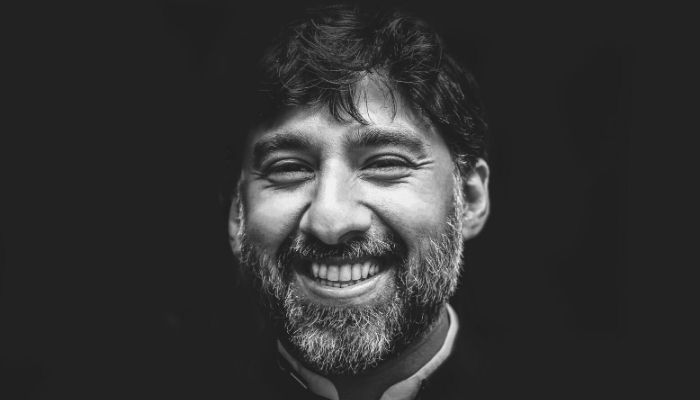
Like other forms of portraiture, your subject’s facial expressions are important. A black and white photo makes the image more powerful, which emphasizes expression.
To get better expressions, spend time building rapport with your subject, which will make them more comfortable.
After you’ve built rapport, figure out how to express emotions such as happiness, anger, joy, fear, and any other emotion that you want to portray.
3. Contrast

Without color, contrast is the best way to capture beautiful portraits in black and white. Find ways to create a strong contrast between highlights and shadows. By doing so, you’ll create eye-catching portraits.
One way to do this is to shoot in hard light because you’ll be able to capture different shadows with a lot of contrast.
Related: Grayscale vs. monochrome photography: What are the differences?
When you edit the photo, you can also increase the highlights and decrease the shadows to create more contrast. Another way to do this is to increase the contrast slider in Lightroom.
Finding texture is another important part of using contrast.
The texture is necessary when you’re shooting monochrome portraits. It creates interest and makes the portrait more pleasing to look at.
4. Post-process
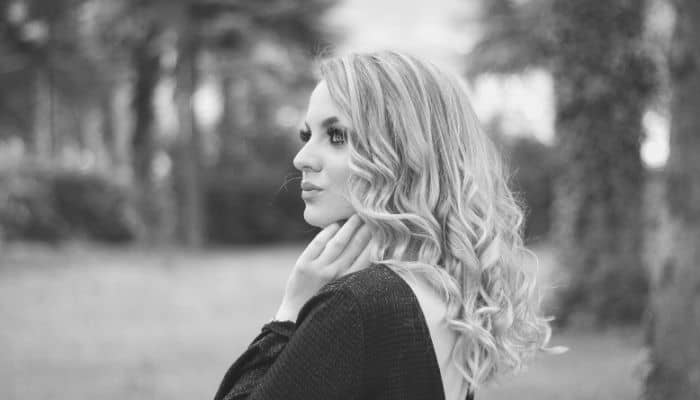
If you choose to edit your portraits, you can make adjustments to make the photo more bold and expressive.
When you’re editing monochromatic photos, create more contrast by making the shadows darker and the highlights brighter.
Clarity is another tool that’s used to add depth. However, be careful with this tool because it’s easy to go overboard. Slowly increase the clarity slider and compare it with the original photo to ensure you don’t go too far with it.
You can also make the photo look like it was taken on a film camera by adding a small amount of grain. In most cases, grain makes the photo look blurry, but it looks stunning in black and white.
5. Get inspired
One of the best ways to improve your monochromatic portrait photography is to get inspired. Inspiration will lead to action, practice, and growth.
Since black and white portrait photography is a popular genre of photography, it’s easy to find examples.
When you’re looking at the photos, take time to notice how the portrait makes you feel and look at where the highlights and shadows are.
The following are famous black and white portraits to inspire you:
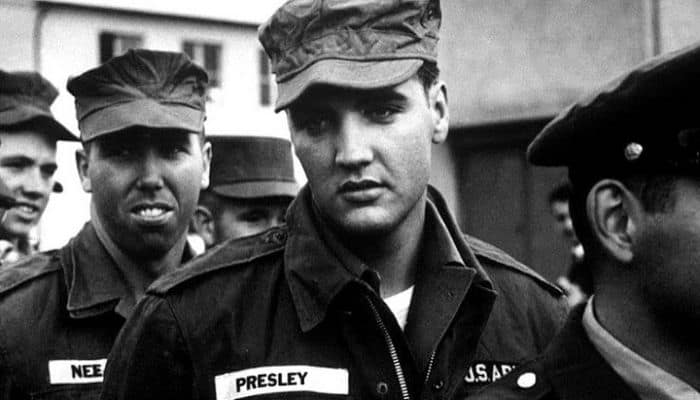
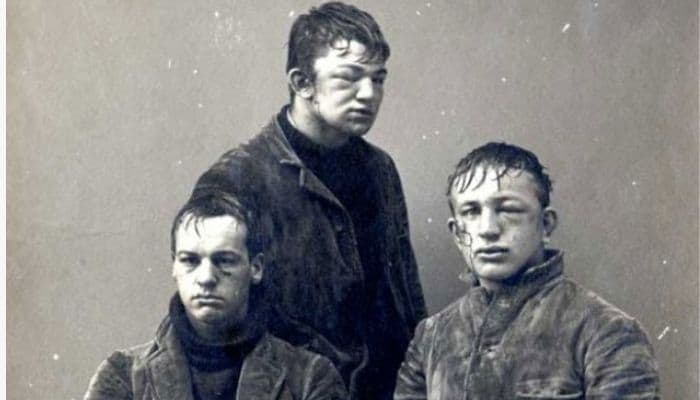
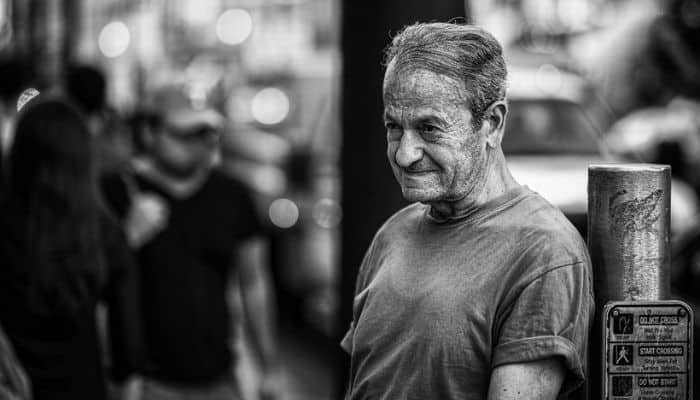
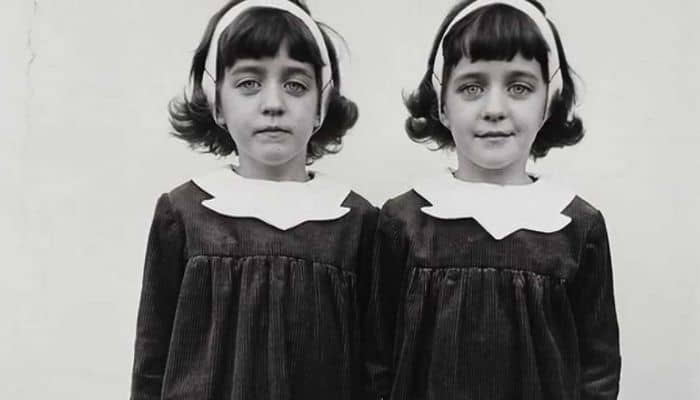
Black and white photography quotes
“To see in color is a delight for the eye but to see in black and white is a delight for the soul.” – Andri Cauldwell
“Black and white photography must play strongly to the imagination of the viewer. This often means taking advantage of the power of graphic design that can occur when an image is composed only in monochrome.” – Harold Davis
“Color is descriptive. Black and white is interpretive.” – Elliott Erwitt
“When you photograph people in color, you photograph their clothes. But when you photograph people in black and white, you photograph their souls!” – Ted Grant
Conclusion
Great black and white portraits can be taken straight out of the camera and can also be fine-tuned in post-processing. Regardless of the method you choose, applying these tips will help you take better monochromatic portraits.
More resources:
- How to take a silhouette portrait
- How to shoot urban portraits
- How to take portraits at night
- How to take senior photos
Featured photo by David Em/Portraits Refined.

Comments are closed.